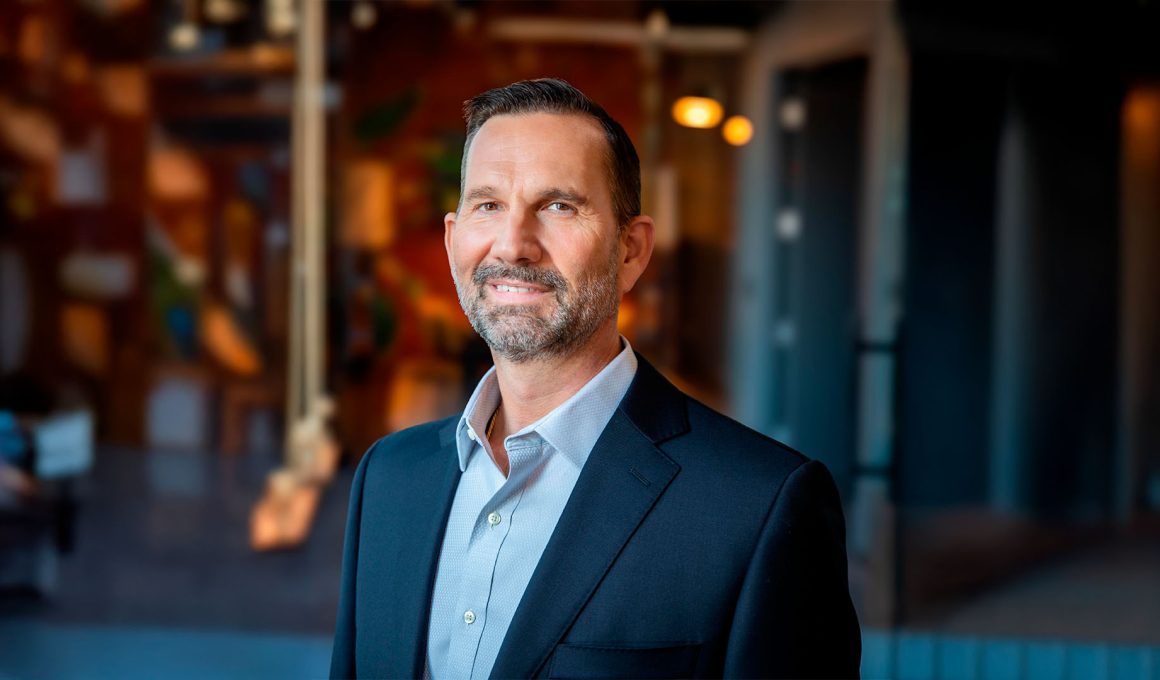Enterprise software sales isn’t just about charisma and connections—it’s about precision, pattern recognition, and playbooks that scale. Bradley Swenson, a seasoned sales leader, has mastered the art of guiding early-stage tech companies through the complex world of B2B selling. From defining ideal customers to navigating the enterprise buying process, Bradley’s strategies cut through the noise. Here are his insights on the frameworks and mindsets that can make or break your go-to-market motion.
Defining Ideal Customers
When asked about the first move in building a go-to-market strategy, Bradley focus on customers. “The first is defining your ICP or your ideal customer profile, making sure that it’s well described,” he explains. “I would even go to the level of listing who those prospective clients would be.” This customer-first approach grounds everything that follows. Bradley then emphasizes messaging clarity: “What is the problem we’re trying to solve, how are we going to solve it? And what kind of proof statements can we point to?” Only after these foundational elements are in place does he recommend choosing between sales-led, product-led, or marketing-led approaches. The combination of these three elements creates a starting point that many founders overlook in their rush to make sales.
Success isn’t just about landing a few early customers. “Matching the value to the actual ROI that the customer is going to be getting” is critical, Bradley notes. But equally important is repeatability. “We’ve proven that we could sell a deal into our ICP, but can we do multiple deals within that same ICP?” he asks. “Is our win rate improving? If it’s just a one-off, that could be a fluke.” This focus on sustainable patterns rather than sporadic wins helps companies avoid the common trap of false confidence after early success.
Targeting the Right Opportunities
With limited resources, early-stage companies need a framework for targeting. Bradley recommends the ICE method: Impact, Confidence, and Ease. “Impact – how big of a market is that going to be? What kind of revenue can that actually drive? Confidence – do we have the confidence that we can win in that market? And ease – how easily can we actually win?” Bradley explains. This balanced assessment prevents founders from chasing glamorous but unattainable markets. “In the early stage, it’s just reality – pick the low-hanging fruit, let’s prove that we can actually sell our product,” he acknowledges.
Landing the First Enterprise Client
Landing that first major enterprise client requires careful selection. Bradley suggests looking for innovative organizations with strong PR preferences. “You’re going to see them out in the news a lot. They like to brag about what they’re doing,” he says. The perfect first enterprise customer is “partner-centric” and “willing to be part of an advisory board.” But Bradley also warns against chasing only big logos. “What can happen is they’re going to want so much attention, so much customization that you can waste all your time supporting that one big customer.” Once you’ve identified potential targets, understanding their buying process is crucial. “Enterprise is completely different than SMB or mid-market,” Bradley stresses. “The buying process is substantially different. There’s going to be a lot more committees. Whether you have to go through InfoSec for security and privacy. In a lot of cases, they’re going to want to do a proof of value.”
Today’s B2B buyers prefer self-education before engaging sales teams. Based on research from the Corporate Executive Board, Bradley notes that buyers “don’t want to start off any sort of process right away with the sales rep. They want to be able to research different solutions, and as they get 60 to 70% of the way there, that’s when they want to engage.” This change in buying behavior demands educational content rather than sales pitches. Bradley suggests website content that tackles industry problems, educational webinars, speaking at industry conferences, and offering helpful tools. “Guides on how to buy your next CRM or ERP software, what are the top three things to know – if buyers see ‘here’s a free tool that can help me,’ you’re going to develop a lot more credibility,” he explains.
Follow Bradley Swenson on LinkedIn for more insights and proven strategies that actually work in enterprise sales.







